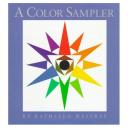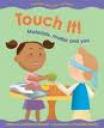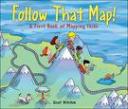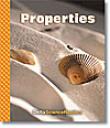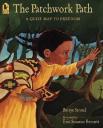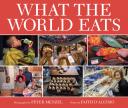A Color Sampler written by Kathleen Westray describes how to create colors by using primary colors, secondary colors and intermediate colors. The twelve colors that make up the color wheel (primary, secondary and intermediate colors) can be mixed to make up hundreds of other colors. An example would be if someone wanted to create the color citron, green and red would be added together. The book describes how to make the color black and shows how adding black and white can change a color. The book plays with color showing how a color will look lighter against a dark shade and lighter when placed against white. This visuals in this book help to support the color creations. Colors that go well together are called complementary colors; they are created when a color is matched with a color directly across from it on the color wheel.
“Color is everywhere, and everything has color. The variety of color is endless…and this is just a sampler”.
Curriculum Connections
This would be a great book for an early elementary school student. It shows a color swatch of each color along with the written word. A Color Sampler would be a great book to introduce students to colors and how colors are made (K.4 a). The book also shows what happens when black (darkens) or white (lightens) an existing color. The book plays with shapes and colors by showing how a color can look darker or lighter depending on the location of each color or shape.
Additional Resources
Students can play Mix and Paint with Curious George from PBS Kids. Students can pick which picture they would like to paint and then with the help of Curious George they can create colors from white, red, blue and yellow. It makes learning about color creations fun!
Teachers or parents can print off color pages from Kids Color Pages with over one thousand categories to pick from. This would also be a great way to bring in material from other subject areas.
Mixing colors is a great lesson plan for teachers. In this hands-on activity students can mix colors with shaving cream in a Ziploc bag and watch the color change. After the colors have been mixed, students can then paint with the new color they just made.
Book: A Color Sampler
Author: Kathleen Westray
Illustrator: N/A
Publisher: Ticknor & Fields
Publication Date: 1993
Pages: 28
Grade Range: k-5
ISBN: 0-395-65940-X

